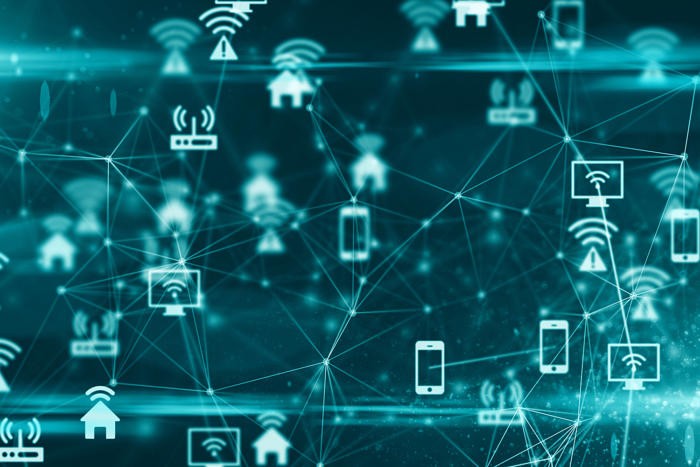Wireless Transmission: Revolutionizing Communication and Connectivity
Wireless transmission is the backbone of modern communication, enabling seamless data transfer without the need for physical connections. From mobile phones to Wi-Fi networks, this technology has transformed the way we connect and interact. In this article, we delve into the fundamentals, types, applications, and future potential of wireless transmission.
What is Wireless Transmission?
Wireless transmission refers to the transfer of data, voice, or video signals through electromagnetic waves. Unlike wired communication, which relies on physical cables, wireless systems use radio waves, microwaves, or infrared signals to transmit information over distances ranging from a few meters to thousands of kilometers.

Types of Wireless Transmission
Wireless transmission encompasses various technologies, each designed for specific purposes:
- Radio Waves:
Used in AM/FM radio, television broadcasting, and mobile networks.
Long-range capabilities make them ideal for mass communication.
- Microwaves:
Found in satellite communication, radar systems, and certain mobile networks.
Require line-of-sight and are suitable for point-to-point communication.
- Infrared:
Wireless transmission used in remote controls and short-range communication systems.
Limited to line-of-sight and short distances.
- Wi-Fi:
A cornerstone of local area networks (LANs), providing high-speed internet connectivity.
Operates on radio frequencies in the 2.4 GHz and 5 GHz bands.
- Bluetooth:
Enables short-range communication between devices, such as headphones, keyboards, and smartphones.
Ideal for personal area networks (PANs).
- Cellular Networks:
Include technologies like 3G, 4G, and 5G for mobile communication.
Support wide-area connectivity and high-speed data transfer.
Applications of Wireless Transmission
It is integral to numerous sectors and everyday life:
- Telecommunication: Enables voice and video calls, messaging, and internet access.
- Internet of Things (IoT): Connects smart devices like thermostats, security cameras, and wearable technology.
- Healthcare: Facilitates remote patient monitoring, telemedicine, and wireless medical devices.
- Transportation: Powers GPS navigation, traffic monitoring, and vehicle-to-vehicle communication.
- Entertainment: Delivers streaming services, online gaming, and smart TV functionalities.
Some Advantages
- Mobility: Users can connect from anywhere within the signal range.
- Flexibility: Easy to set up and adapt without extensive infrastructure.
- Scalability: Supports an increasing number of devices as networks expand.
- Cost-Effectiveness: Eliminates the need for extensive cabling.

The Future of Wireless Transmission
The advent of technologies like 5G, Wi-Fi 6, and satellite-based internet promises to enhance wireless transmission capabilities. These advancements aim to:
- Increase Speed: Achieve ultra-low latency and high data rates.
- Expand Coverage: Bring connectivity to remote and underserved regions.
- Enhance Reliability: Improve signal strength and reduce interruptions.
Challenges in Wireless Transmission
- Interference: Signals can be disrupted by other electronic devices or physical obstacles.
- Security: Wireless networks are vulnerable to hacking and unauthorized access.
- Bandwidth Limitations: Shared frequency bands may lead to congestion and slower speeds.
Conclusion
Wireless transmission is a cornerstone of modern communication, driving innovation and connectivity across industries. As technology continues to evolve, the possibilities for wireless communication are virtually limitless. Embracing these advancements will pave the way for a more connected and efficient world.